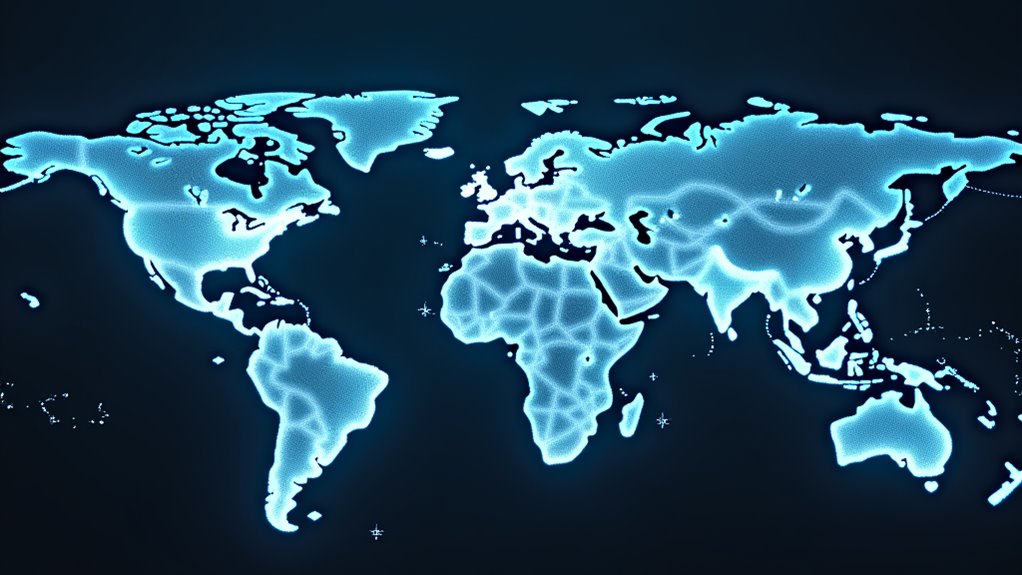According to the UN, AI could potentially reverse stagnating human development by boosting healthcare access and agricultural yields in underserved regions. Yet reality looks messier. While tech giants pump out impressive models, 90% come from corporations, not universities—raising concerns about who’ll actually benefit. The wealth gap might widen as automation rewards capital owners and tech-savvy nations race ahead. Turns out AI’s promise depends entirely on who’s holding the digital keys.
While experts tout artificial intelligence as humanity’s next great leap forward, the rapidly expanding AI revolution threatens to create a world of digital haves and have-nots unlike anything we’ve seen before.
The gap between tech-savvy nations and those struggling to catch up isn’t exactly breaking news, but AI might just flip the script—or make things worse, depending on who you ask.
The UNDP’s 2025 report presents AI as a potential savior for stagnating human development.
Think precision farming boosting crop yields in regions where farmers still rely on weather prayers and traditional methods. Or imagine AI-powered healthcare reaching villages where “doctor” is a profession kids only see on donated TVs.
But here’s the rub: the countries creating these magical AI solutions are pulling further ahead.
The U.S. cranked out 40 notable AI models this year while China managed 15 and Europe barely squeezed out 3. *Awkward silence for the rest of the world.*
The economic reality gets messier when you look closer.
Unlike previous tech revolutions that primarily crushed blue-collar dreams, AI is eyeing some cushy white-collar jobs too. Yet high-skilled workers who play nice with AI will likely see their productivity—and paychecks—balloon.
Meanwhile, firms automating tasks will funnel more wealth to capital owners. Surprise surprise.
Global progress on health, education, and income metrics has hit its lowest point since 1990.
The UN hopes AI can jumpstart this stalled engine, but only if benefits reach beyond Silicon Valley and its international equivalents. Users attempting to access key development research may encounter security restrictions that further limit information sharing across borders.
Industry dominance is increasingly apparent, with 90% of notable AI models in 2024 coming from corporate entities rather than academic institutions.
The environmental potential of AI is equally significant as advanced climate predictions help nations prepare for and mitigate climate disasters before they strike.
The path forward demands global collaboration and ethical guardrails—a tall order in our fractured geopolitical landscape.
Without deliberate policies targeting inclusion, AI risks becoming yet another luxury item in the global development shop: shiny, powerful, and priced way beyond what most of humanity can afford.








